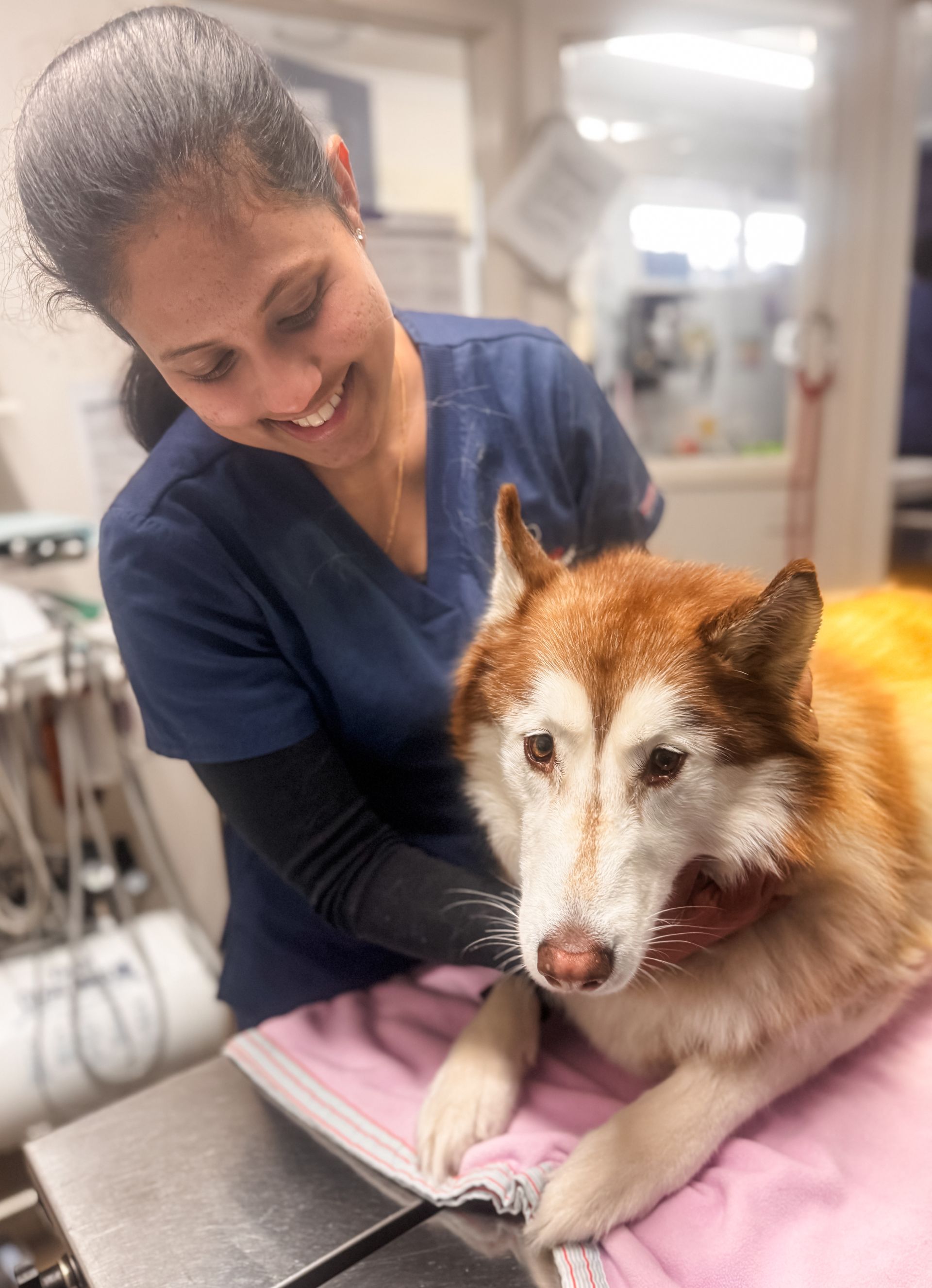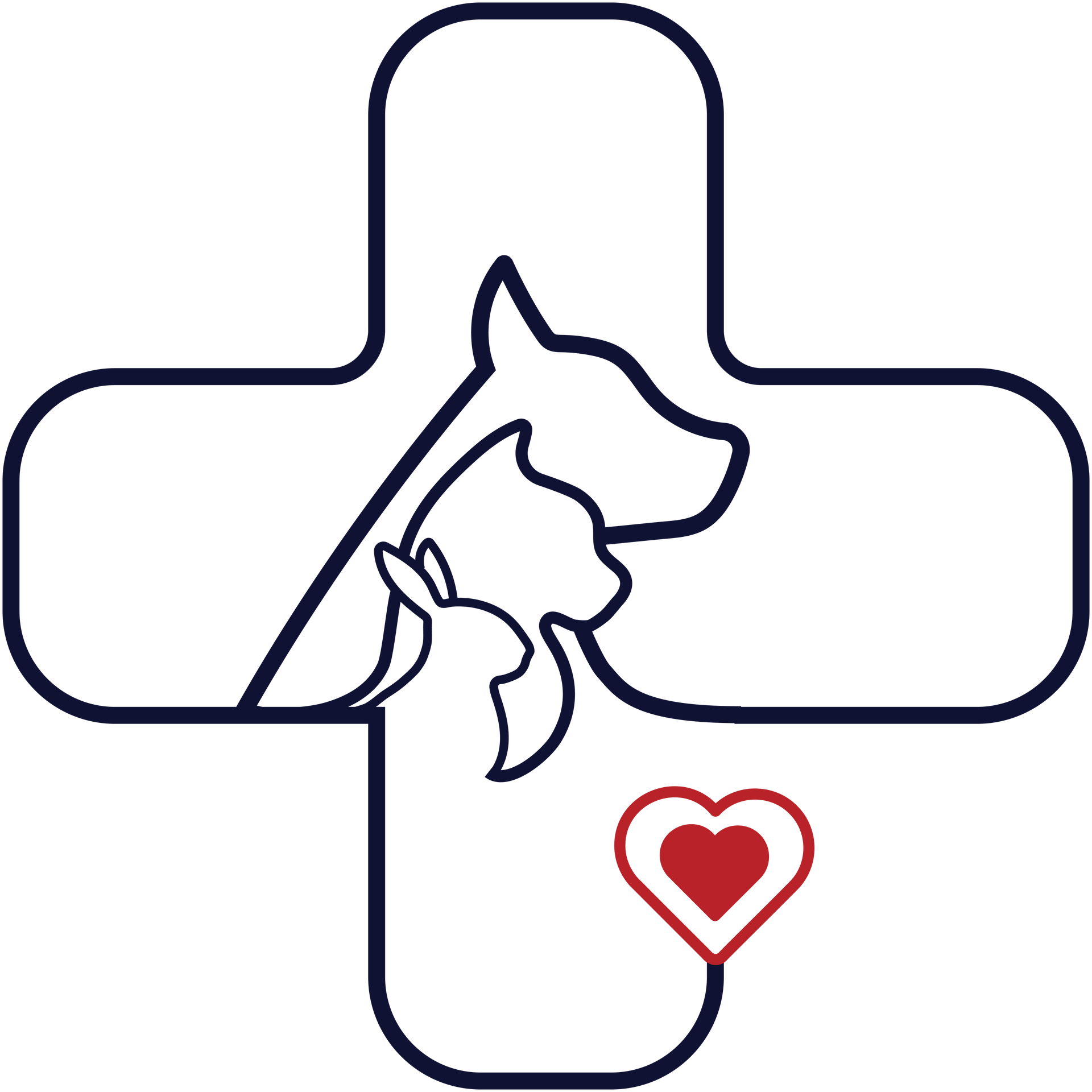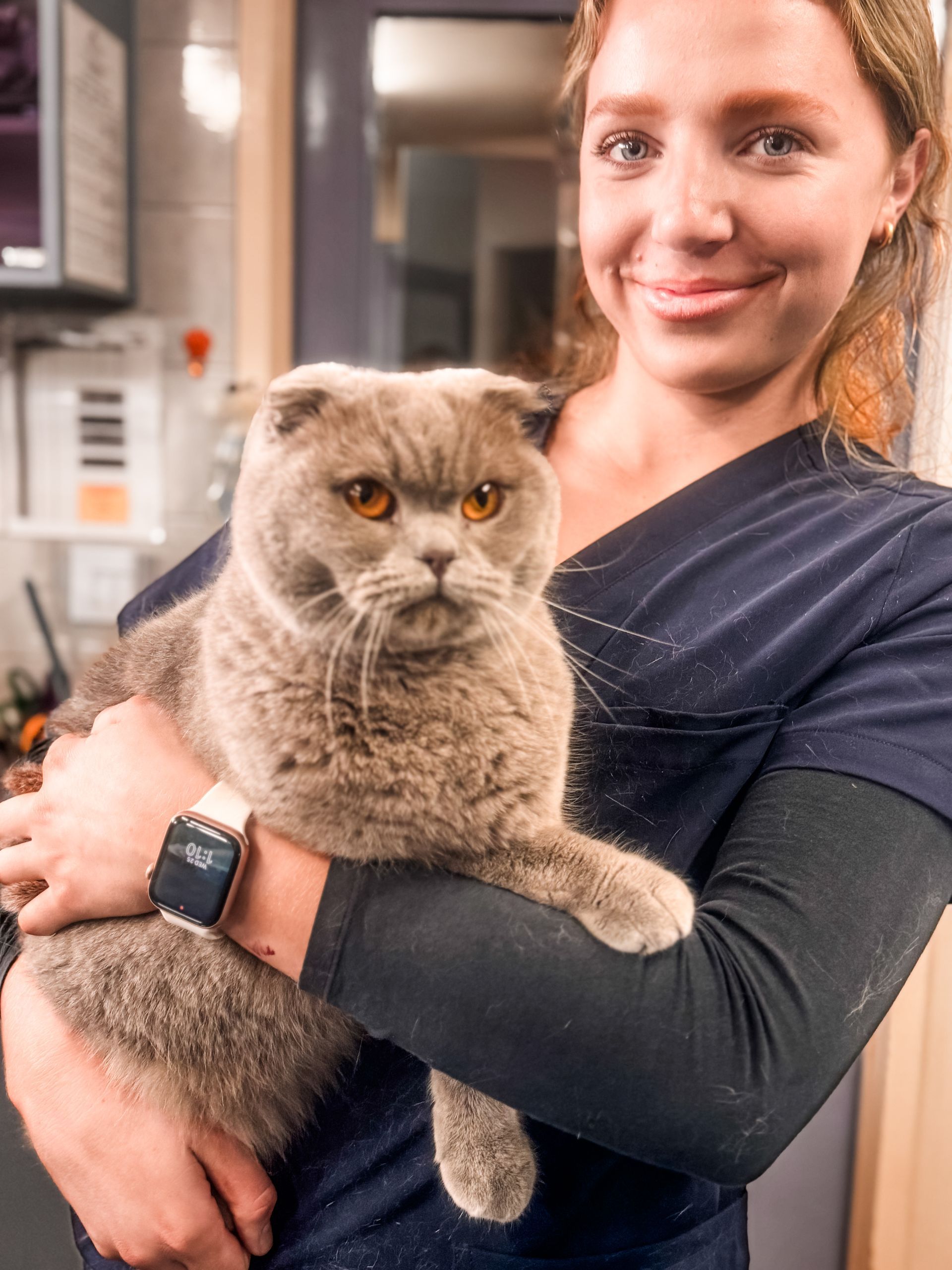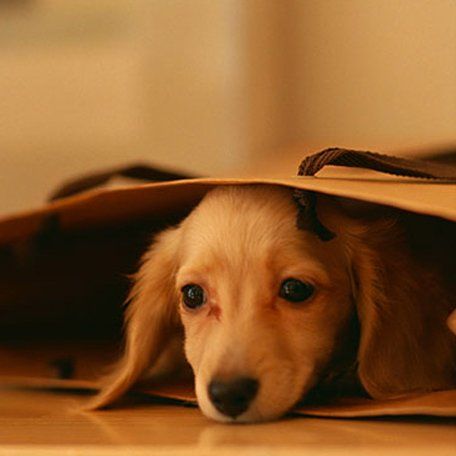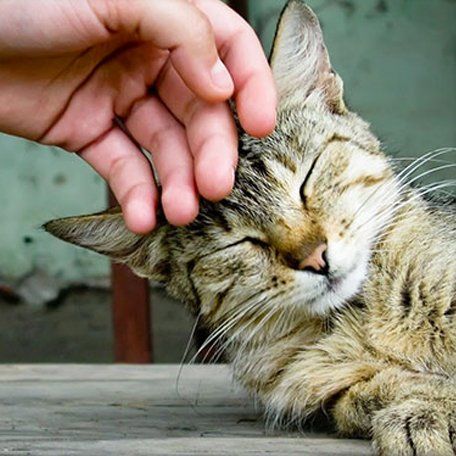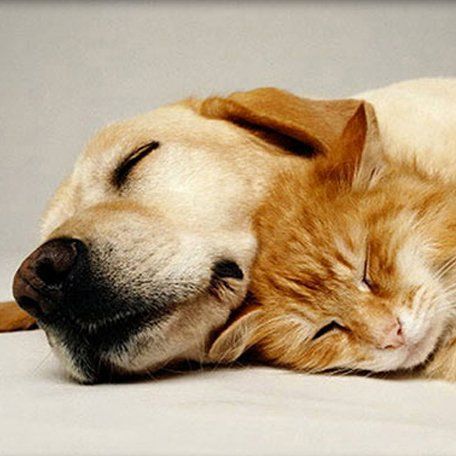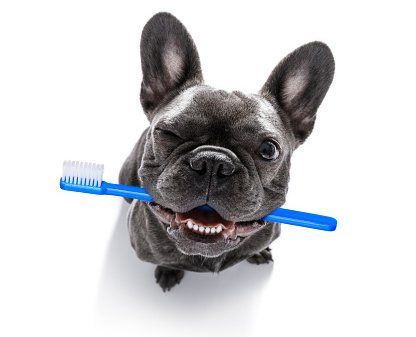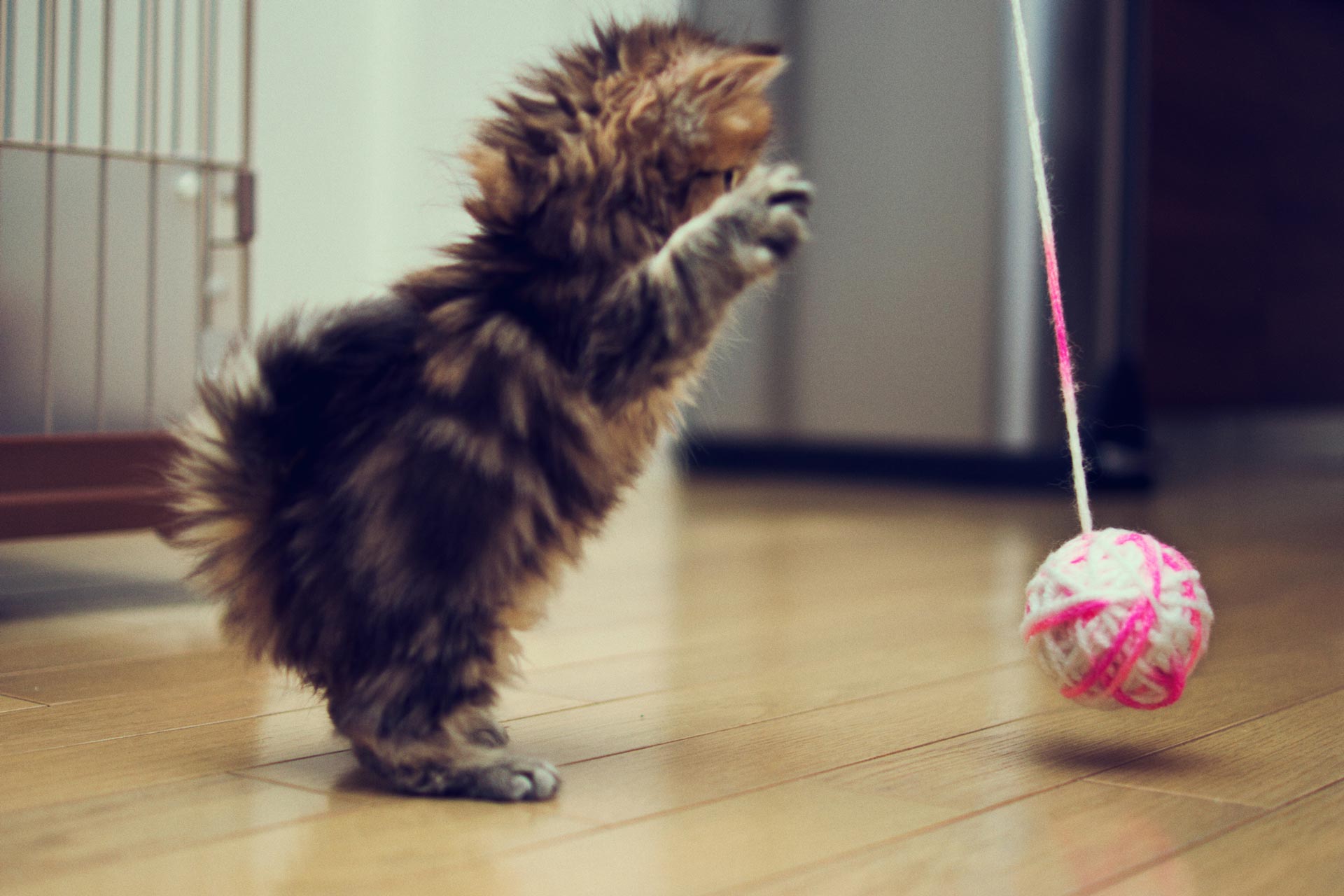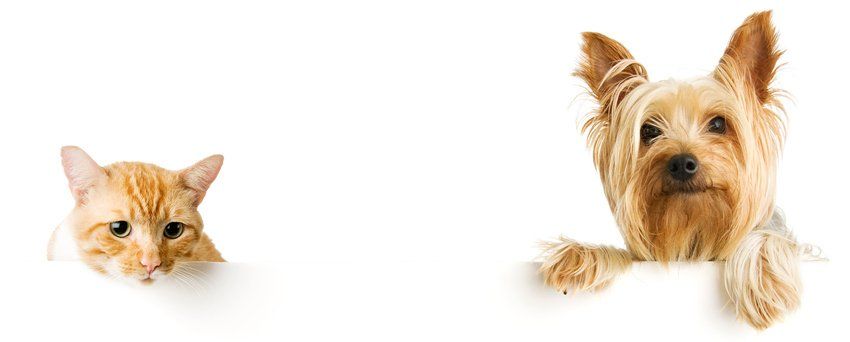Why is my pet so fussy?
I’m often told by clients that their dog or cat will only eat this or that .
I’d like to explain what causes fussiness and how to deal with it.
Fussiness is caused by two things:
1. Over exposure to food and treats.
2. The pet realising that it has control of what it is fed.
When pets realise that they live in the land of plenty, naturally they will pick and choose the foods they like the most.
Small dogs and cats are more prone to fussiness than larger pets. This is because we grossly over-estimate how much food they need, and we often give treats through the day. We forget that they are only tiny compared to us, and that they spend a large percentage of their time resting. Many people also tend to leave food available for the pet all day. This is especially common with dry foods. This causes the pet to become very bored with that food, and it prevents the dog/cat from developing an appetite.
Have you noticed that food tastes better when you have an appetite?
So when dinner comes out (perhaps some dry dog food), the pet will often turn its nose up. Then the owner will often replace this food with something he/she knows the pet loves (often cooked chicken). This is when the pet learns that to get what it likes most, it simply has to refuse what is initially offered. The pet then has control, and often ends up eating a nutrient poor diet for the rest of its life.
Dogs and cats, like people, need a balanced diet with vitamins and minerals. They also need to chew raw bones regularly. I will discuss diet in more detail in the next newsletter, but for now:
How to get a fussy dog or cat to eat a healthier diet?:
Firstly, dogs will rarely turn their nose up at a palatable and nutritious diet for more than 2 days. Some cats, however will. Some cats need familiarity.
For dogs, put the food down twice daily for half an and hour only and do not give any treats during the day. You will find that by day 3, your dog is not only eating the new food, but enjoying it.
You must remember that in the wild, dogs and cats frequently go several days without food.
Cats require a different approach to dogs:
Firstly try putting a bowel of the new food next to a bowel of their usual food. Some cats like to be empowered with this choice, and enjoy the security of their usual food being there.
if your cat wont eat the new food, try mixing a little of the new food with their usual food. I would start with only 10% new food and gradually increase this over a few days or weeks. Warming the food slightly may also help.
This approach may also be tried with dogs, provided it doesn’t just pick the usual food out from the new food.
I hope this has been helpful. In the next newsletter, i will discuss what i believe to be a healthy diet for dogs and cats.
By Dr Philip McConachy BVSc
